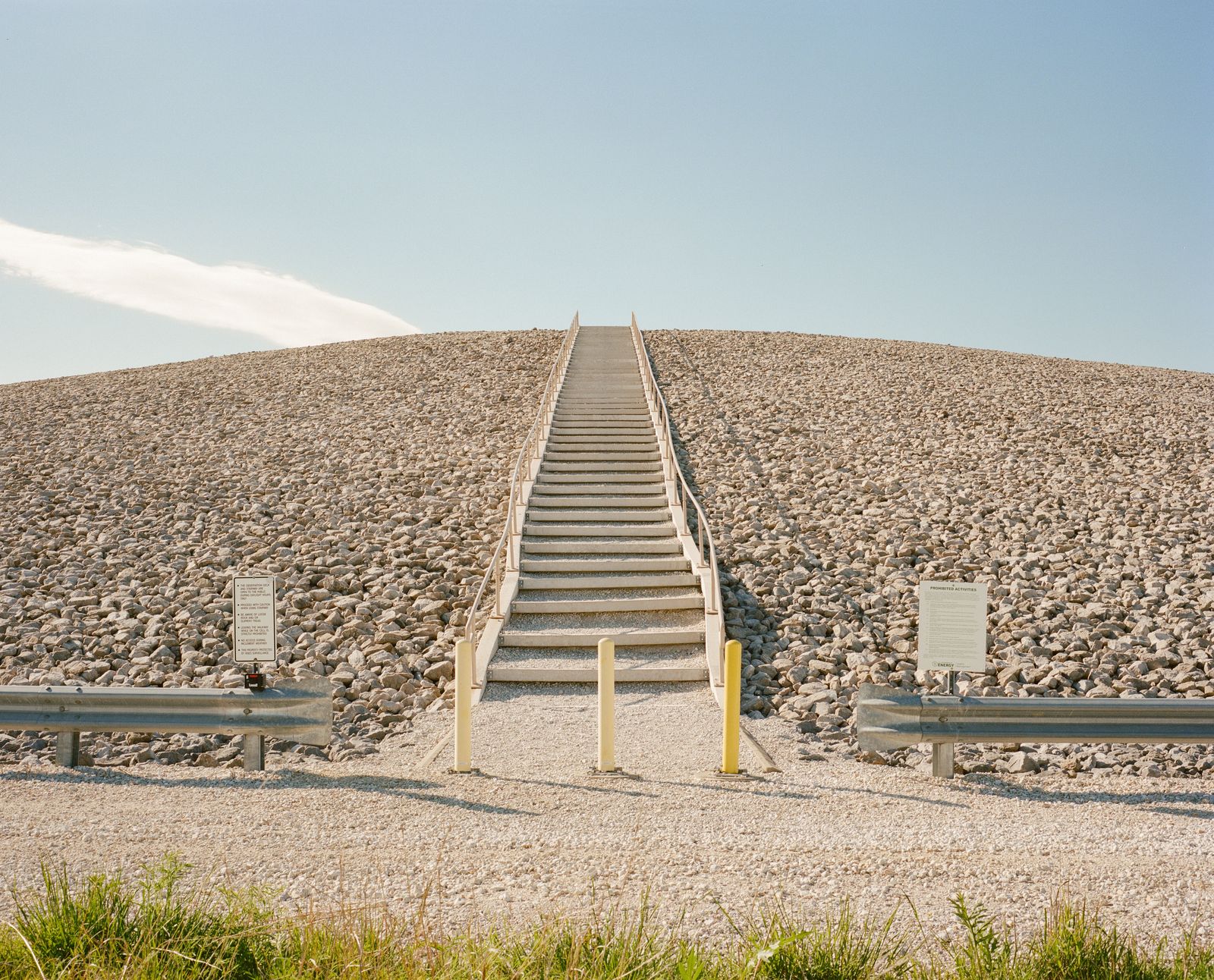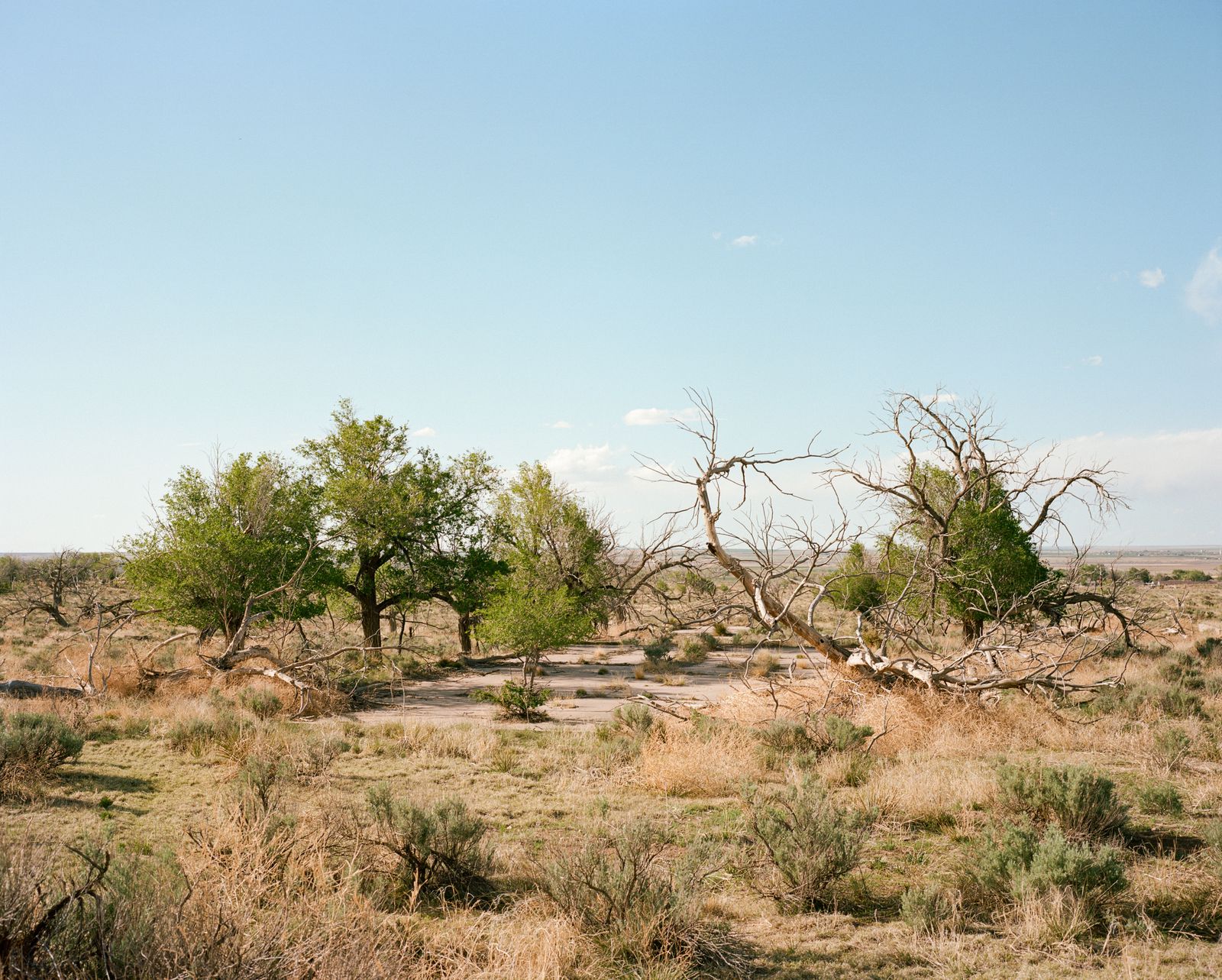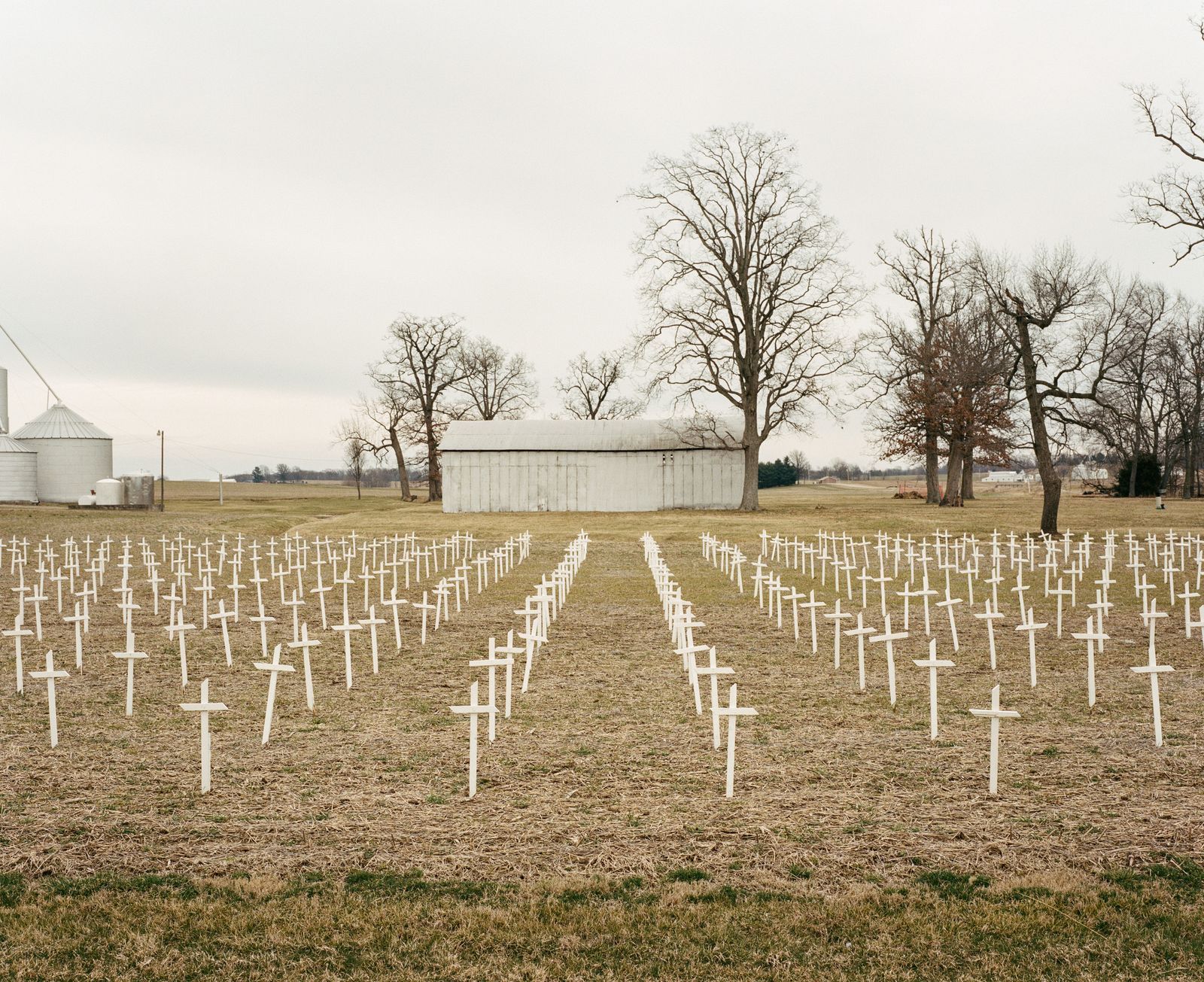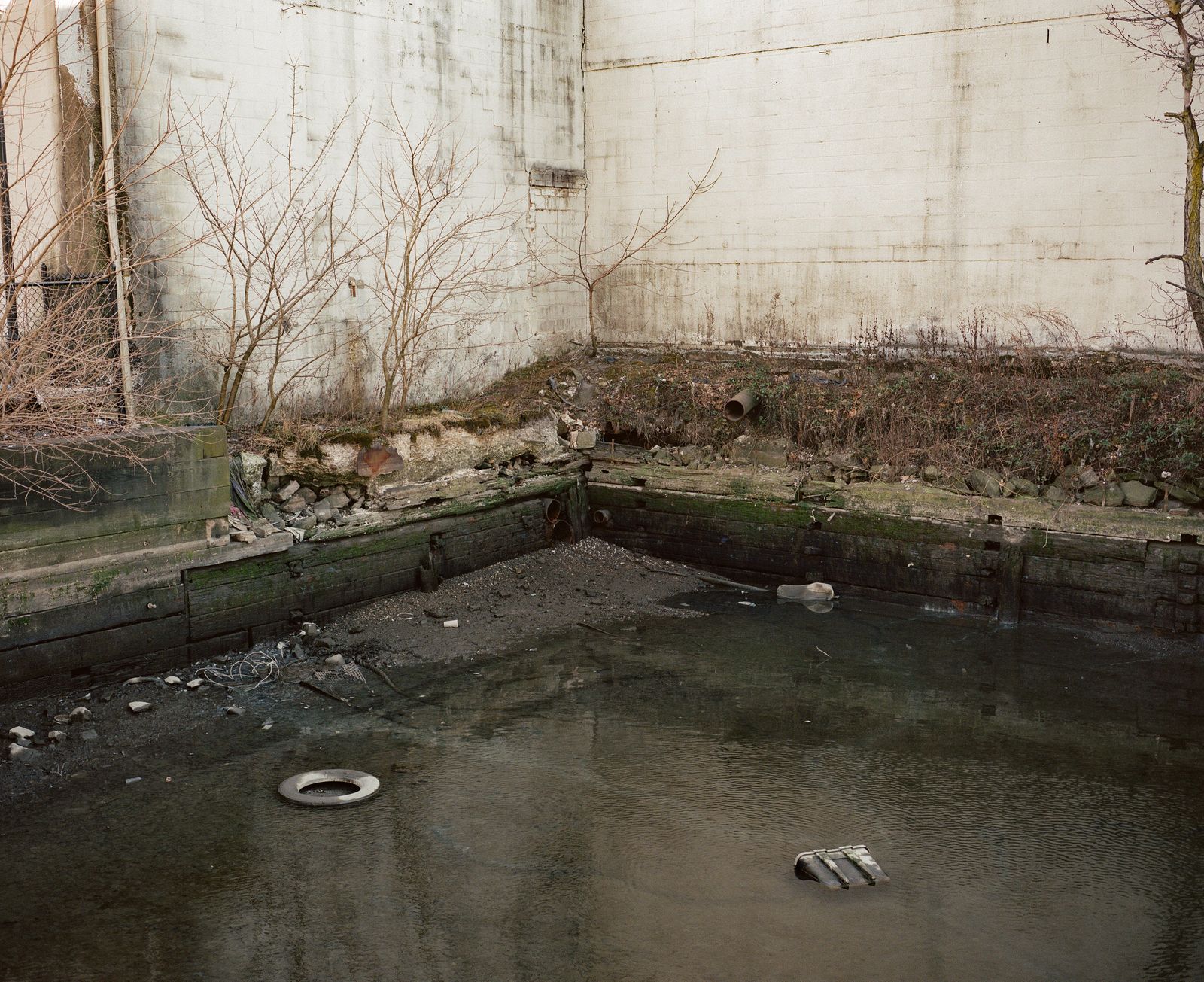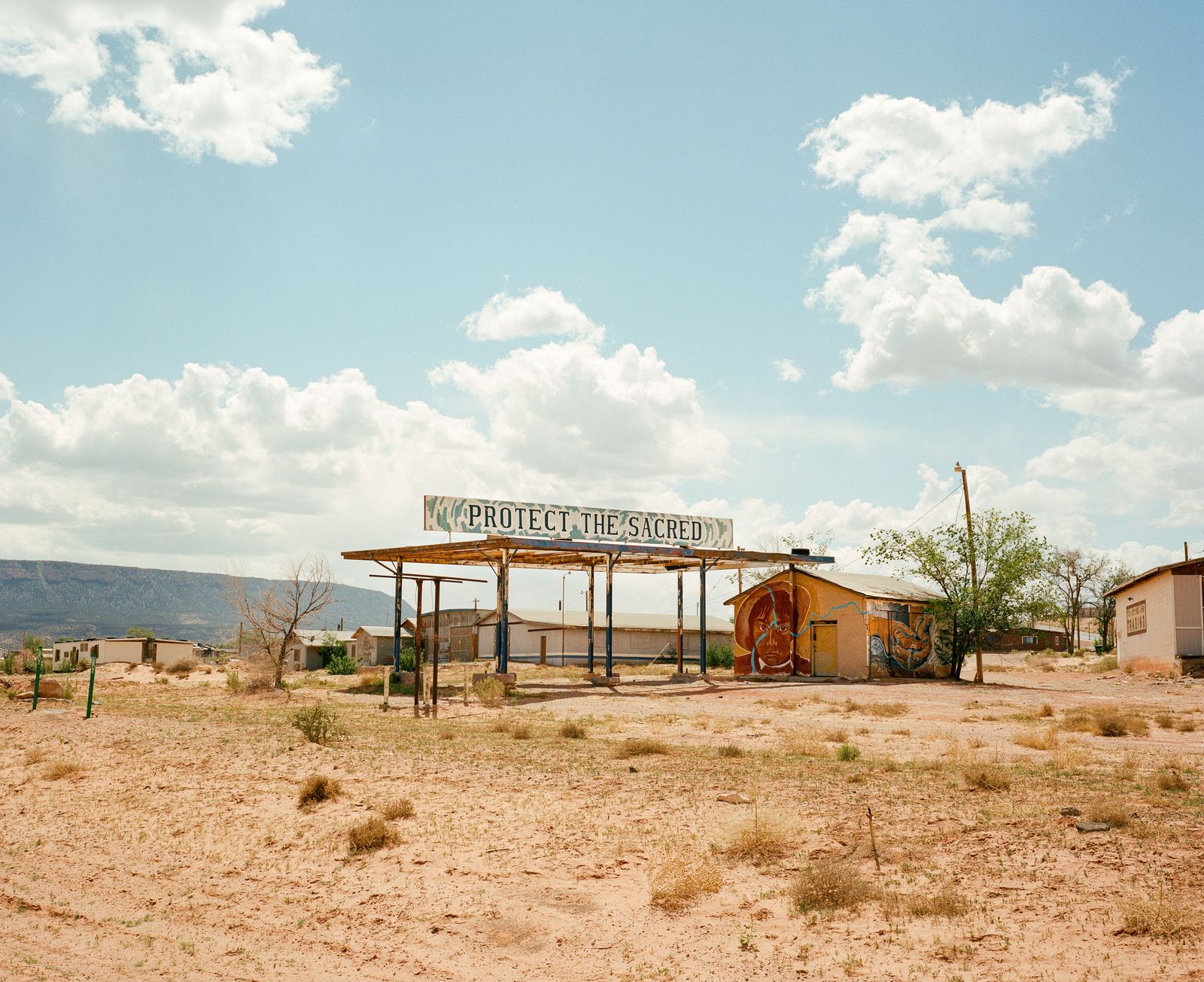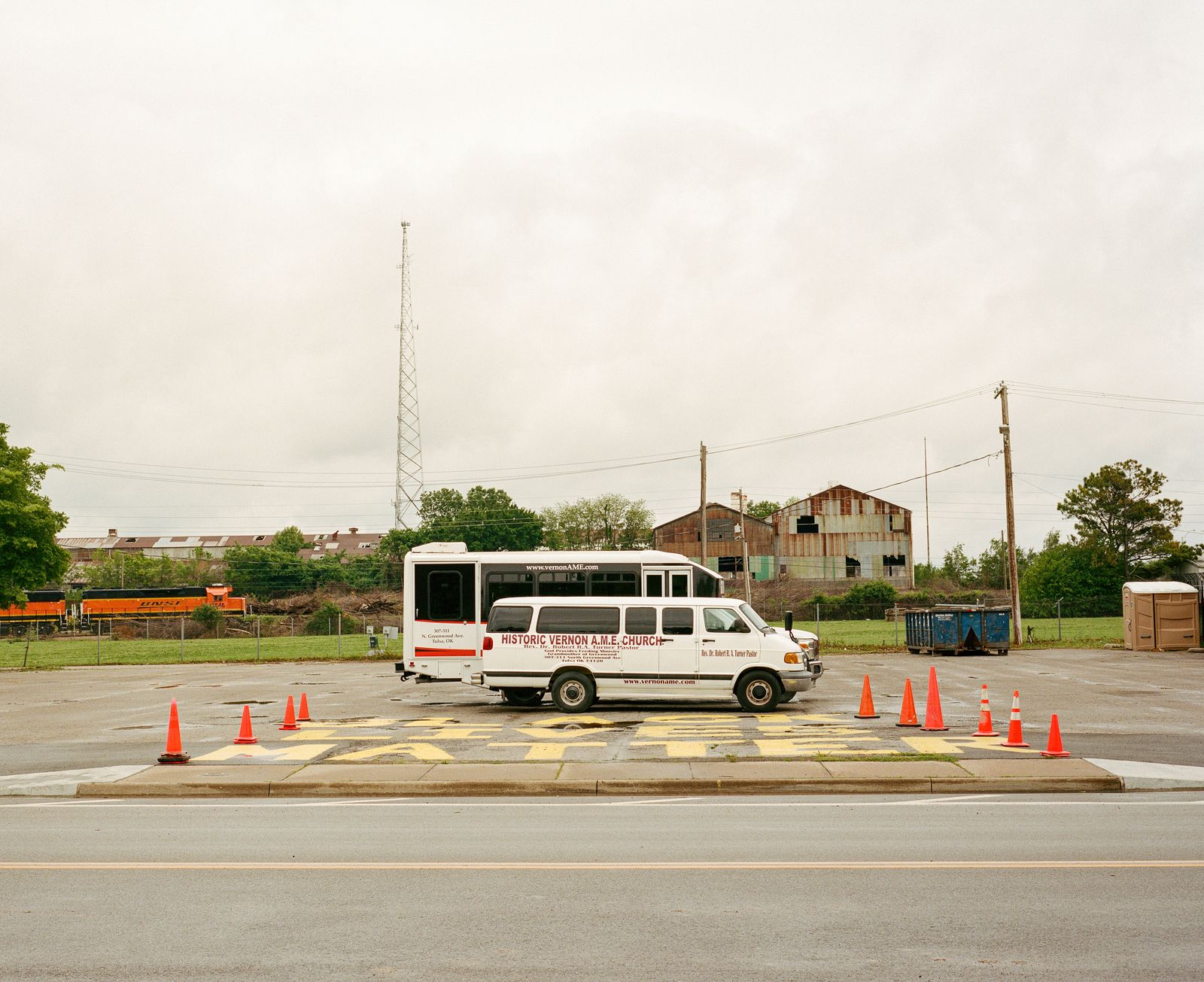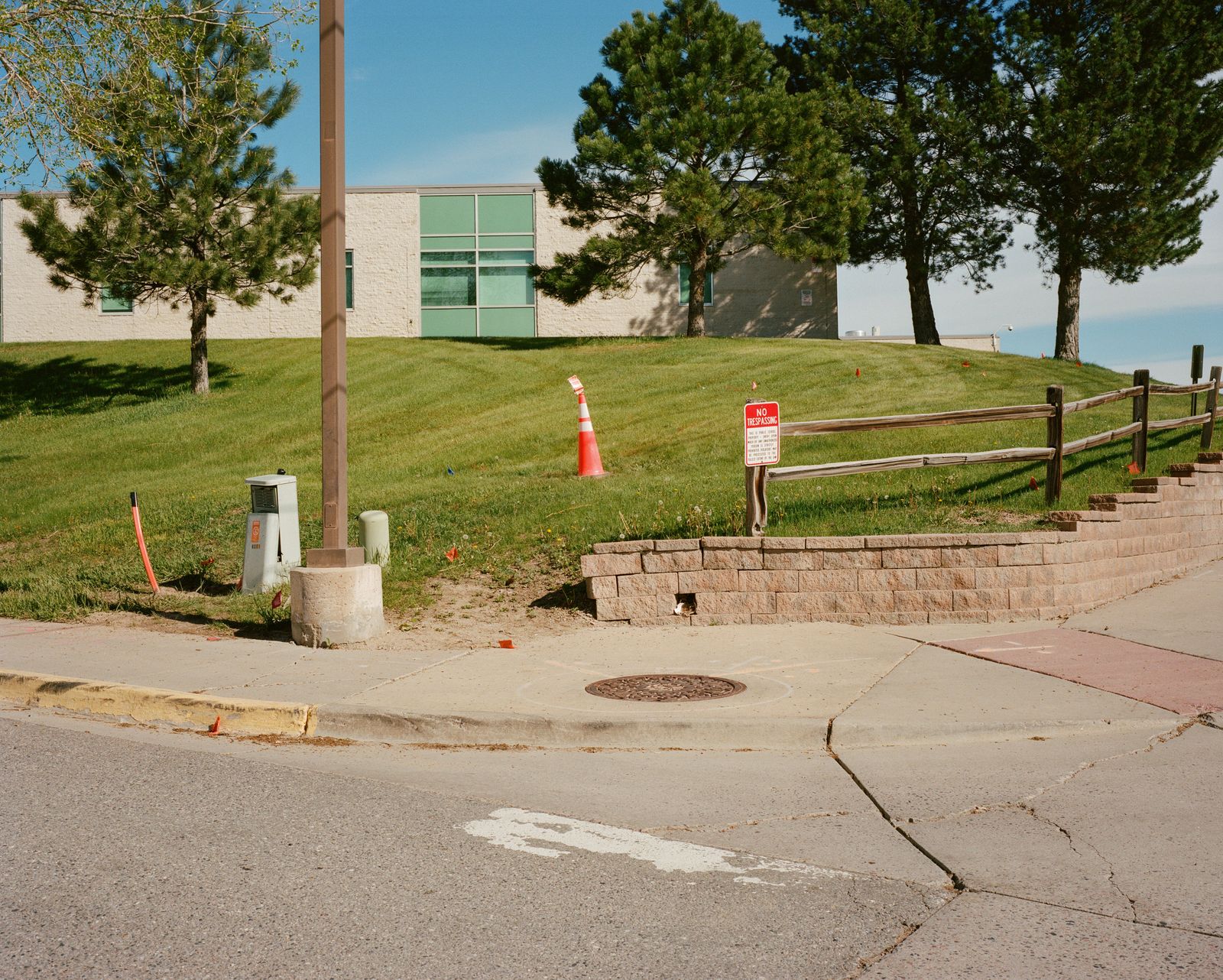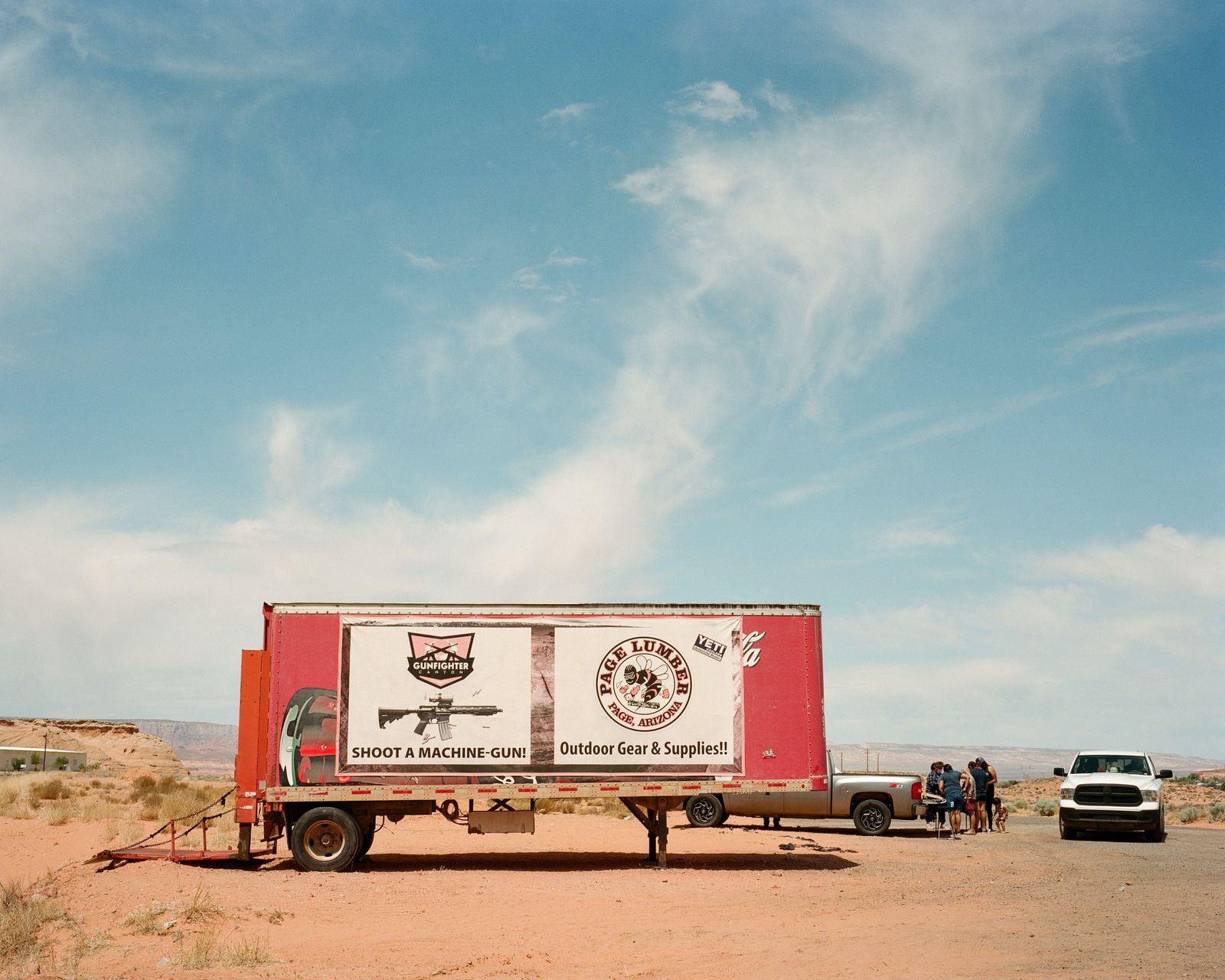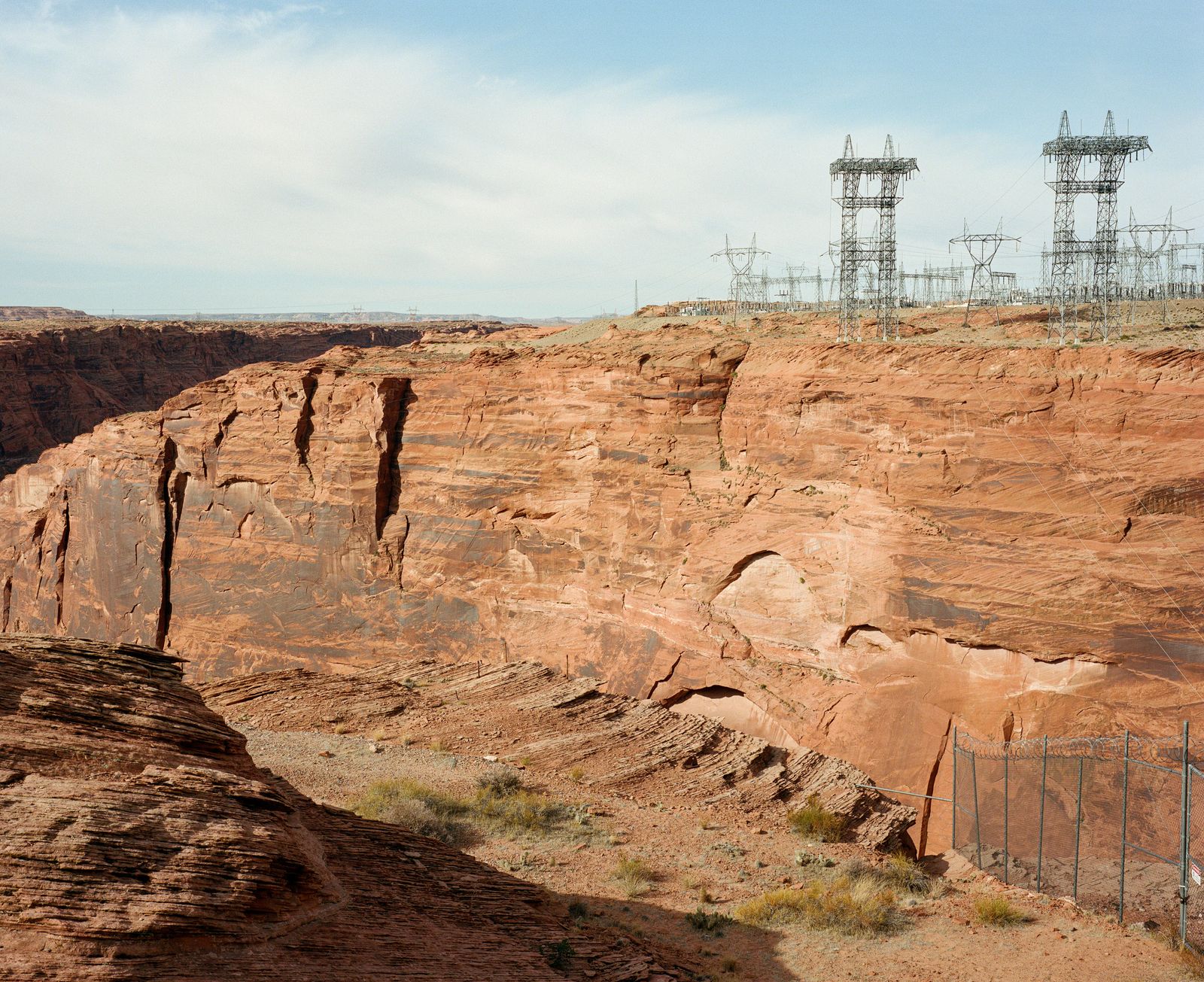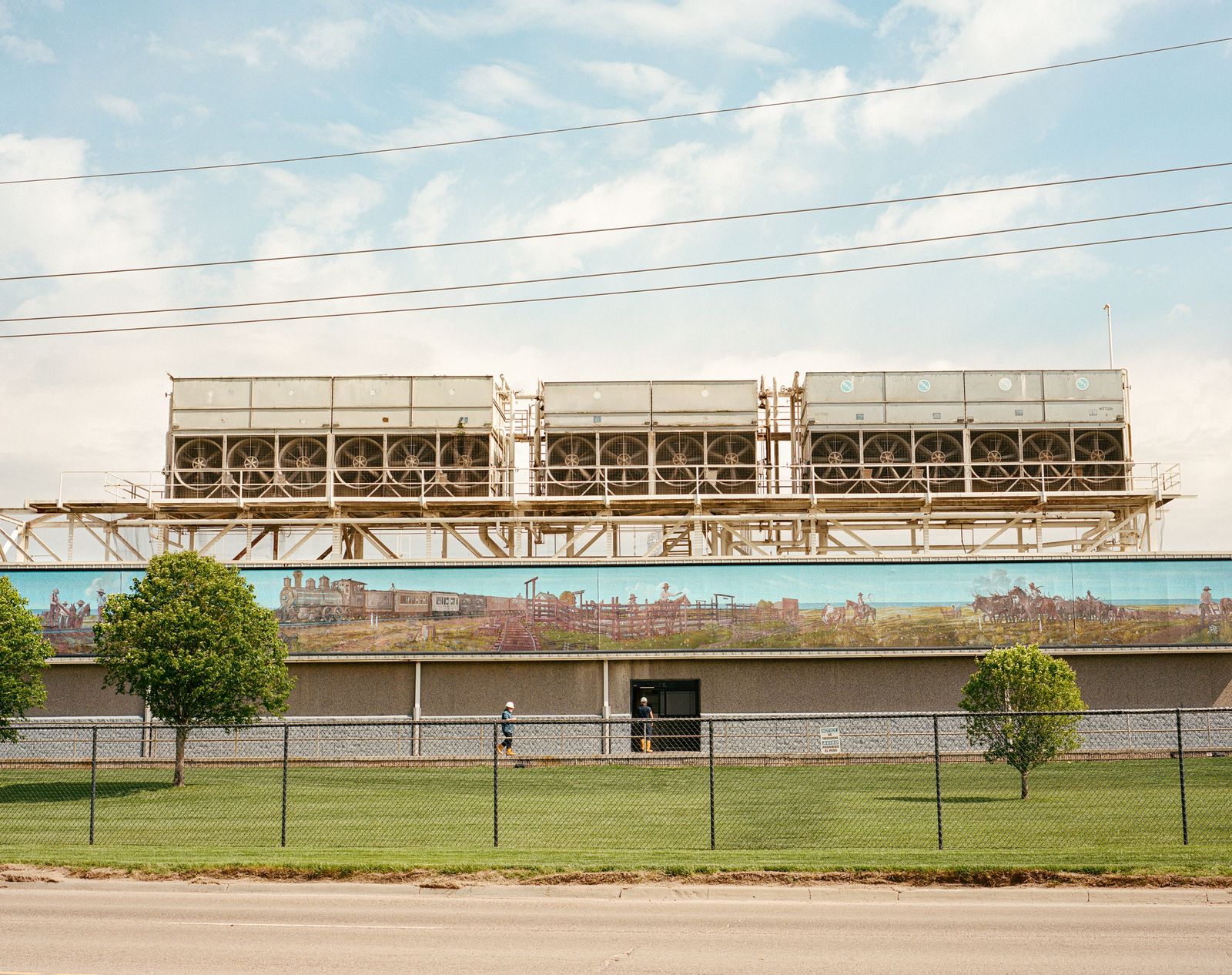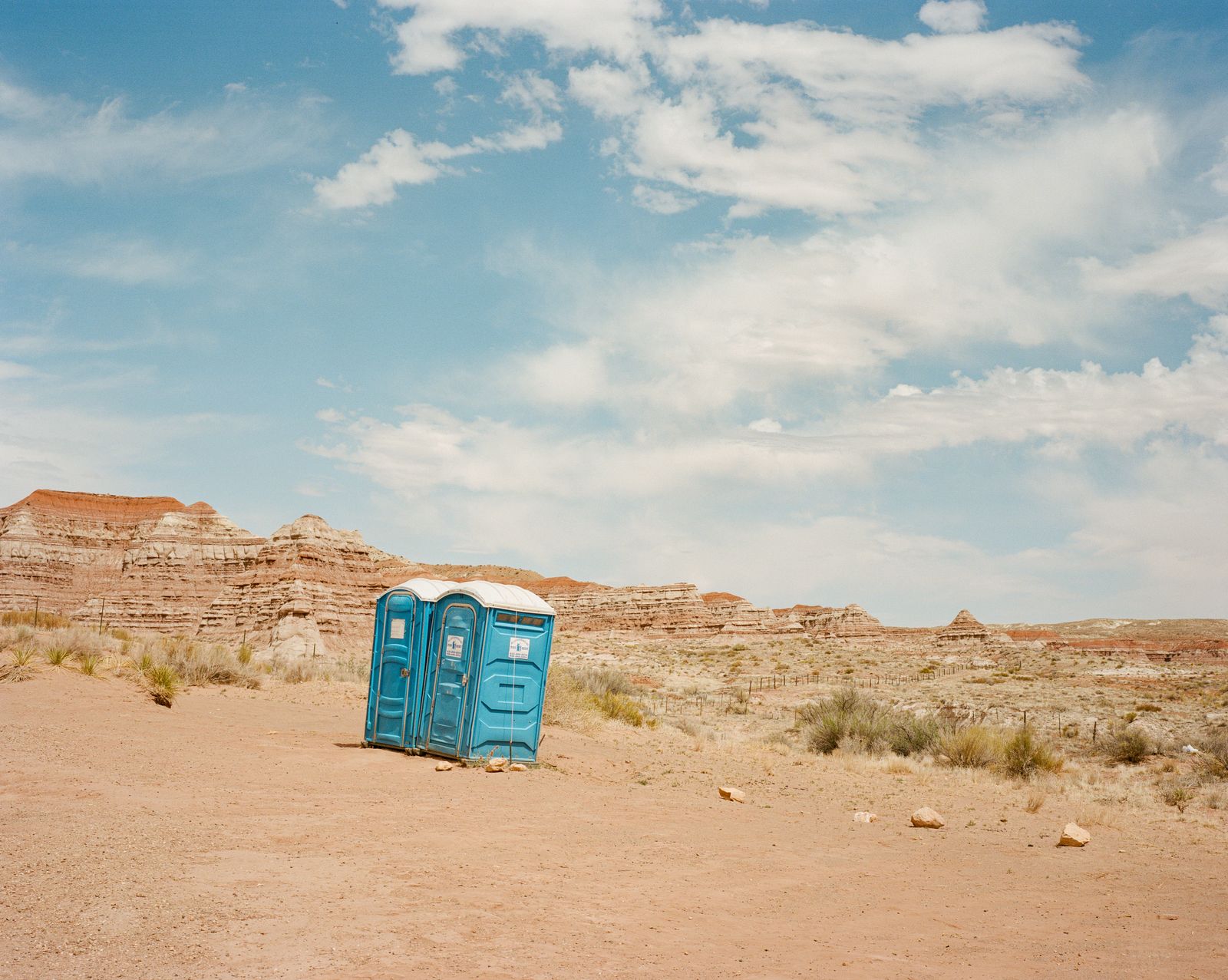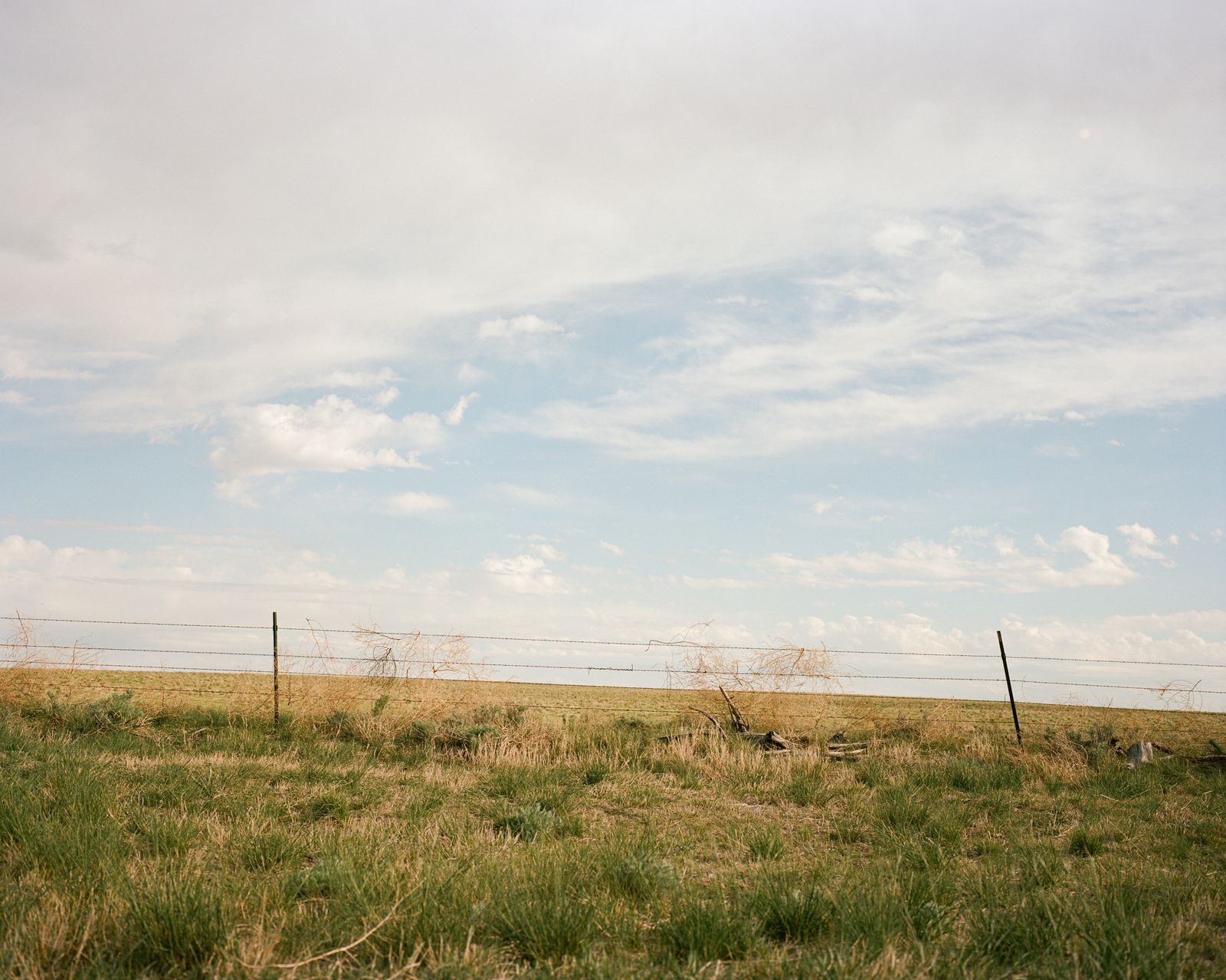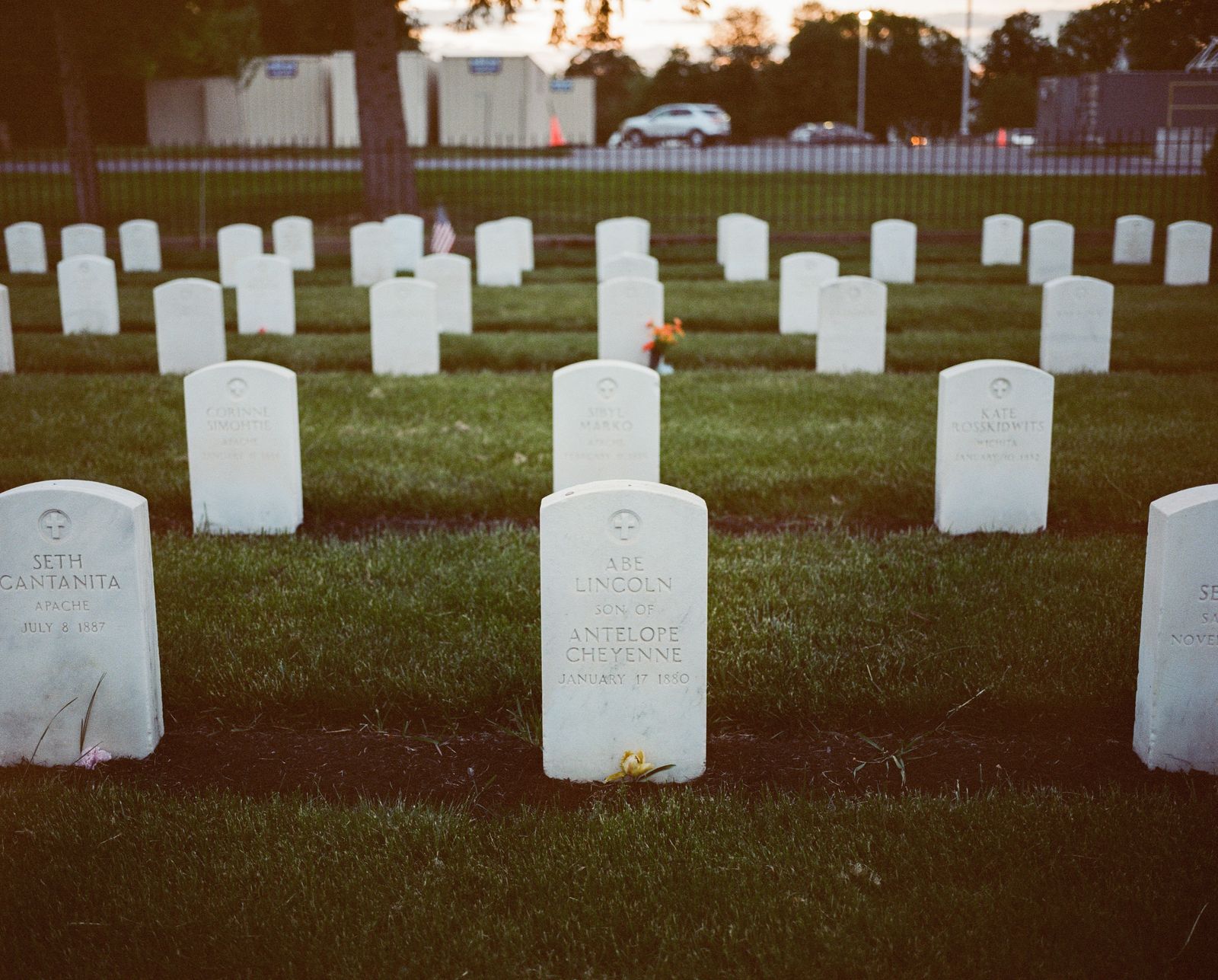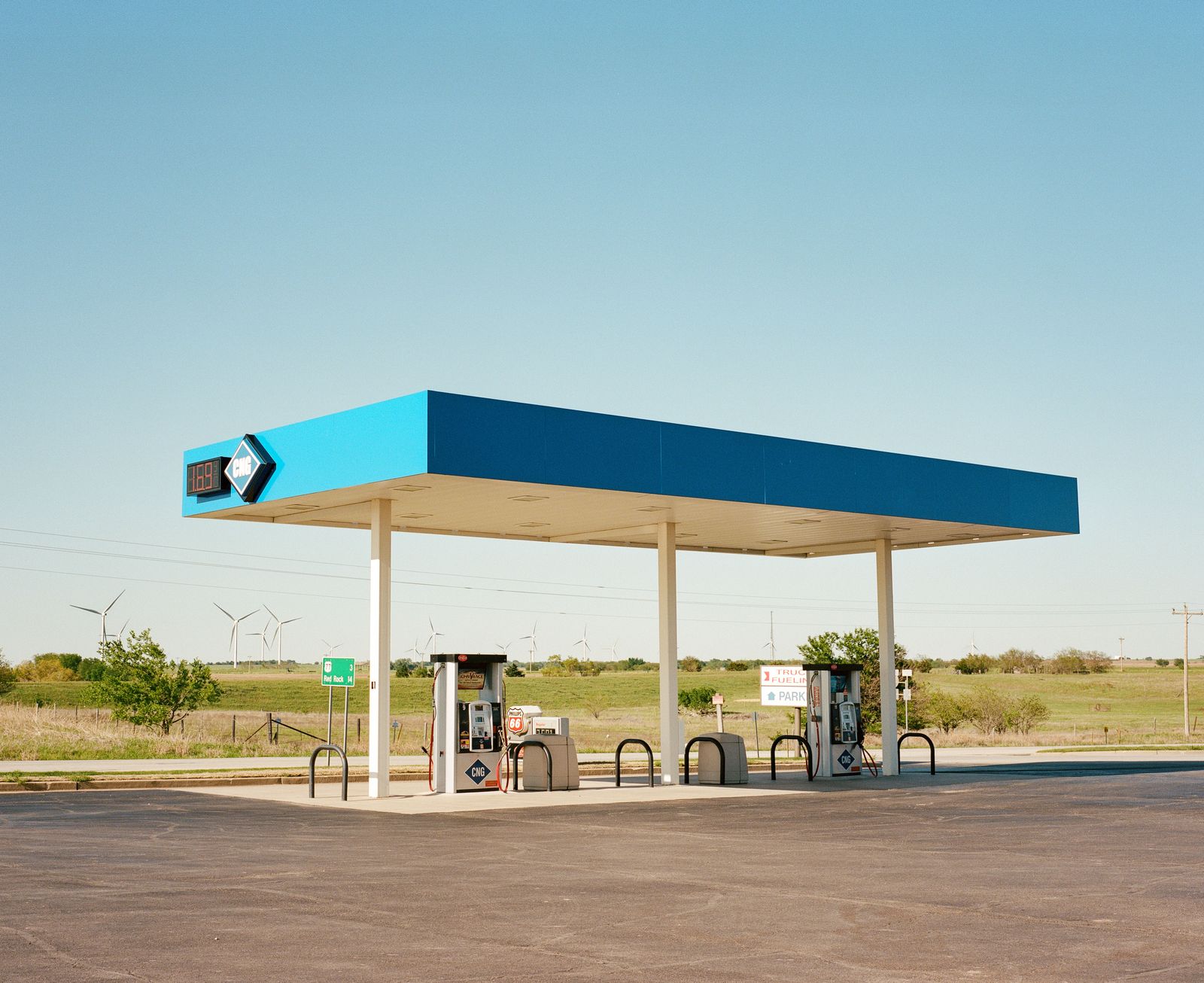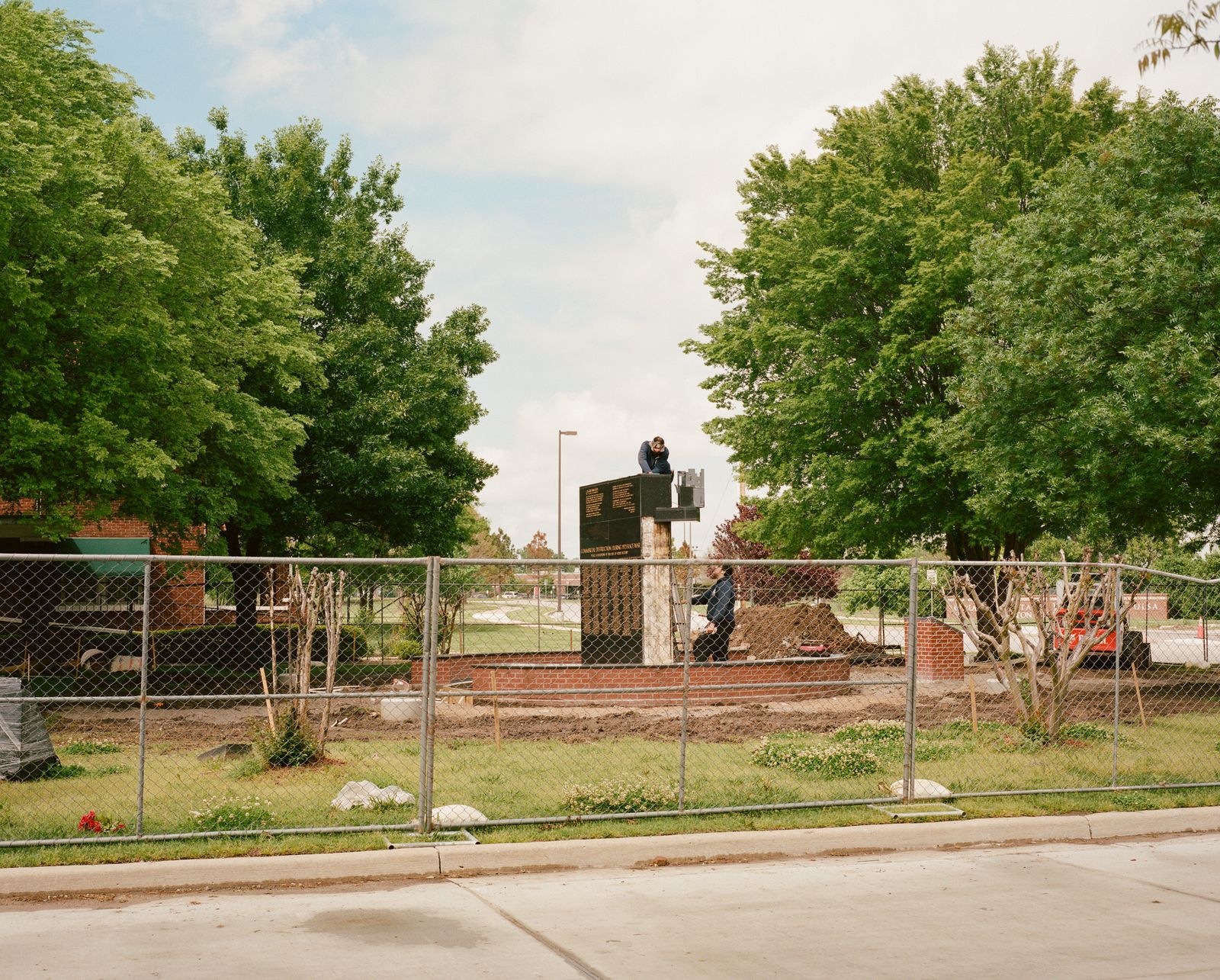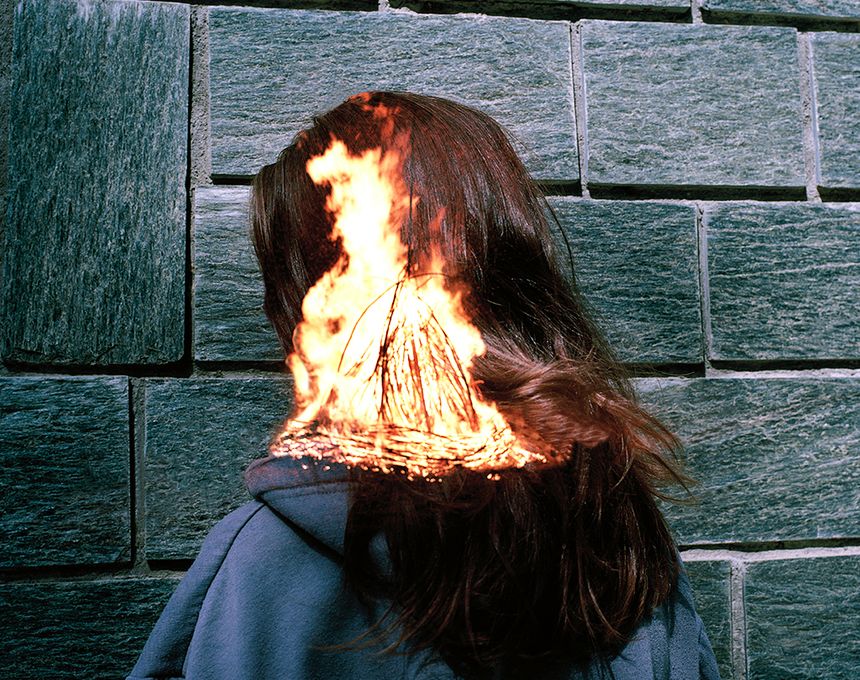American Values
-
Dates2021 - Ongoing
-
Author
- Location New York, United States
America has a story it tells itself. That we’re somehow exceptional. That we uphold democracy. But in reality, our cities and towns are rife with inequities, historical trauma, and government neglect.
We value guns over human life.
We prioritize unborn fetuses over the rights of women to have autonomy over their own bodies.
Our corporations claim land and its bounty as “natural resources” for the taking, contaminating land, air, and water without regard to its inhabitants and ecosystems.
400 years after the first enslaved Africans set foot on American soil, our government has failed to acknowledge and correct for the harm done by chattel slavery and the pervasive systemic racism resulting from it.
Colonizers murdered and displaced indigenous people of this land with the goal to systematically erase them.
The remnants of these atrocities are everywhere. Oftentimes they go unnoticed. There’s a banality to them that doesn’t correlate to the magnitude of what took place there.
A school. A movie theater. A street corner. There’s no escaping the dark history that’s left its traces all around us. This is the American landscape.
Every unarmed Black person shot by police, every mass shooting, every government attempt to chip away at the human rights of its citizens gets drowned out by the next atrocity in the news cycle. Trauma and violence is normalized. We’re convinced this is just the way it is.
So we look away. We don’t question. We don’t learn. We keep our heads down so we don’t have to hold ourselves accountable to what it means to be an American.
racism. xenophobia. violence. recklessness. entitlement. greed. theft. This is the story of our country that people don’t want to face. But this is what America truly is.
If we don’t learn from our past how can we expect to move into the future without making the same mistakes?
